

Sept 28, 2007
Company of Heroes was one of those games that utterly exceeded our expectations. Not only did it manage to recreate the visceral brutality of warfare, it also succeeded in striking that ever-elusive balance between accessibility and strategy.
Opposing Fronts introduces two new factions into the WWII meat grinder, each starring in its own campaign. First up are the plucky Brits, a defensively stout faction specialising in anti-tank weapons and artillery, and possessing some of the game’s most versatile foot soldiers. These grunts have the ability to build battlefield emplacements (such as machine-gun nests and mortar emplacements) and call in additional support, which is spewed onto the war zone from passing gliders. Brit officers are also no slouches, possessing valiant abilities such as Heroic Charge, which counters suppression and maximises the amount of damage nearby troops inflict on the enemy.
Sadly the compelling plot and clever character development of Company of Heroes’ cutscenes seem to have been replaced here by hackneyed stereotypes. Luckily, the German campaign’s story is rather more thoughtful and convincing, revolving around two brothers battling as part of the Panzer Elite against the allies during Operation Market Garden. The German faction is quite simply the most awesome faction yet seen in the Company of Heroes series. A wrecking ball on caterpillar tracks, a division of Nazi armour can trounce almost any enemy force in a head-on confrontation, while staying highly mobile. This is offset by the German’s relatively small infantry squads, which can be easily overpowered by the larger Allied platoons.
But what are these two campaigns actually like to play, hmm? Well, here’s the thing. You see while Opposing Fronts clearly likes to make a big fanfare about not being an expansion pack, it has that distinctive, unmistakable whiff associated with an add-on. While many of its missions are brutal, tactical and fairly entertaining (especially the larger tank battles) they’re also all too often overly linear and predictably designed, leading to a lack of freedom that reduces potential replayability.

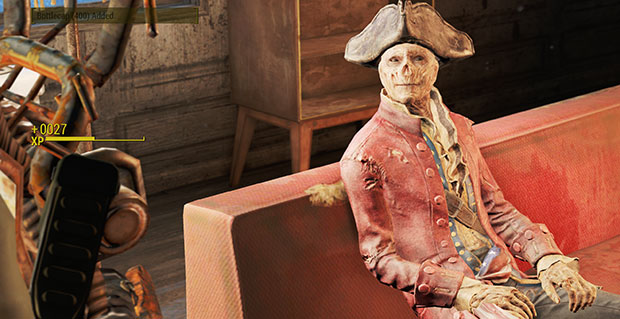
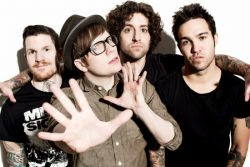

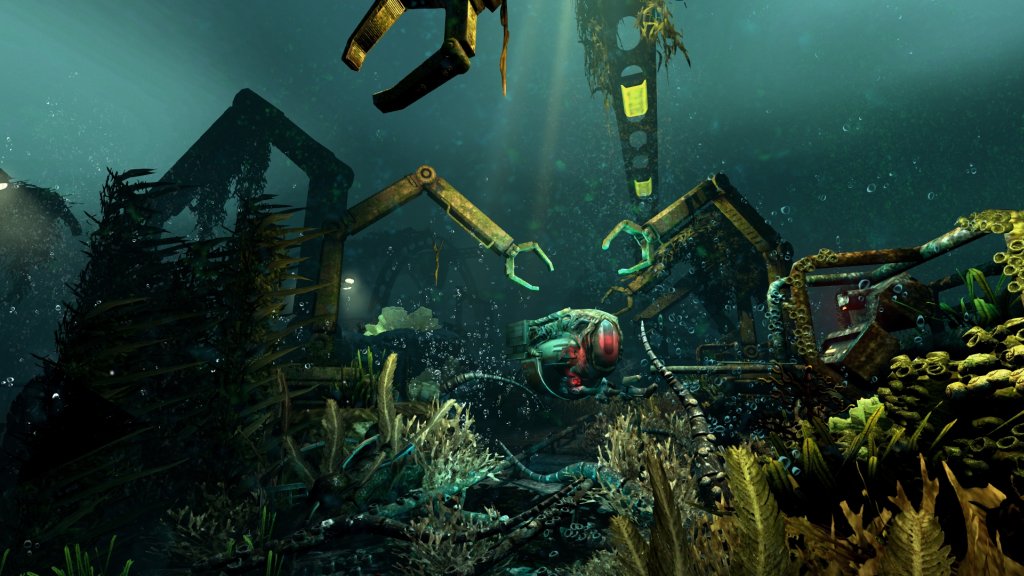 SOMA ARK Simulation Puzzle Guide
SOMA ARK Simulation Puzzle Guide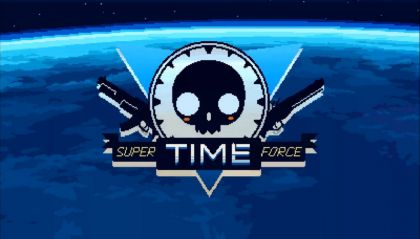 Guide: How to unlock all characters of Super Time Force
Guide: How to unlock all characters of Super Time Force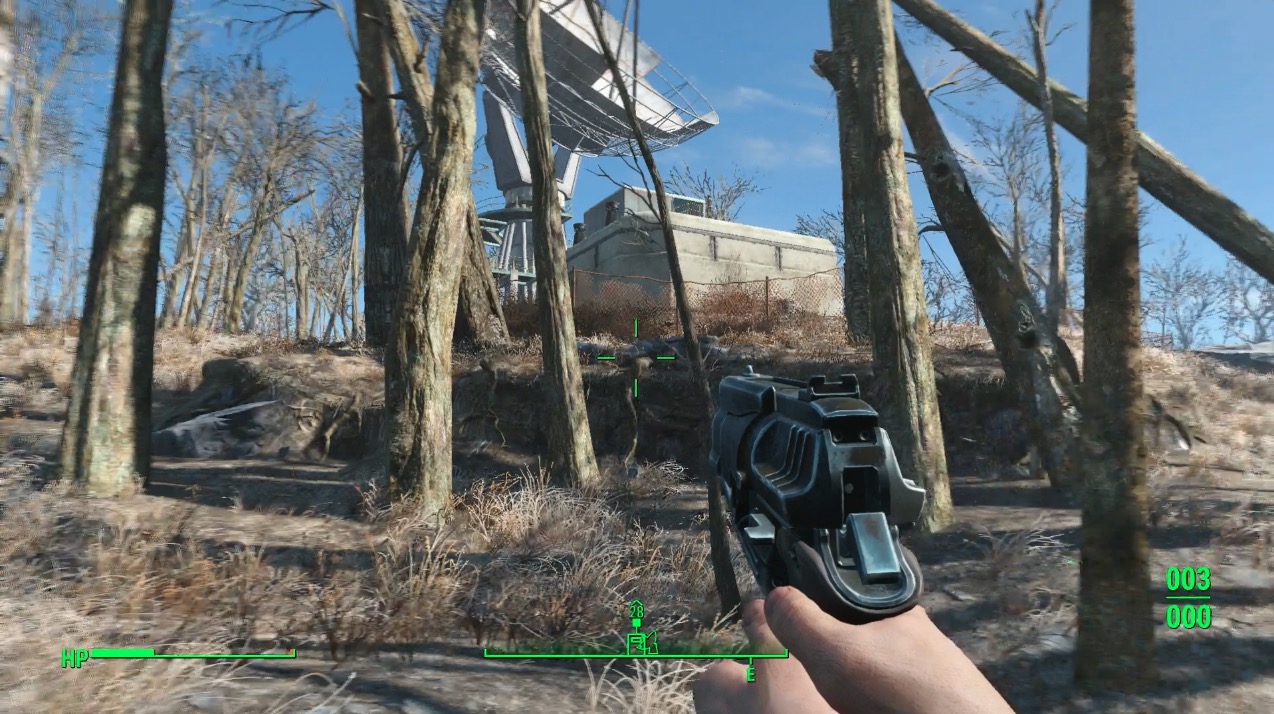 Fallout 4: Returning the Favor walkthrough
Fallout 4: Returning the Favor walkthrough Here's A Temporary Fix To Get DualShock 4 Working On Windows 10
Here's A Temporary Fix To Get DualShock 4 Working On Windows 10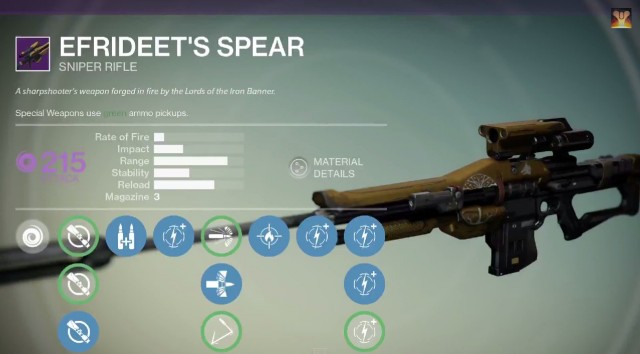 How to get Destiny Legendary Sniper Rifle Efrideet's Spear, Iron Banner Special Weapon from The Dark Below
How to get Destiny Legendary Sniper Rifle Efrideet's Spear, Iron Banner Special Weapon from The Dark Below